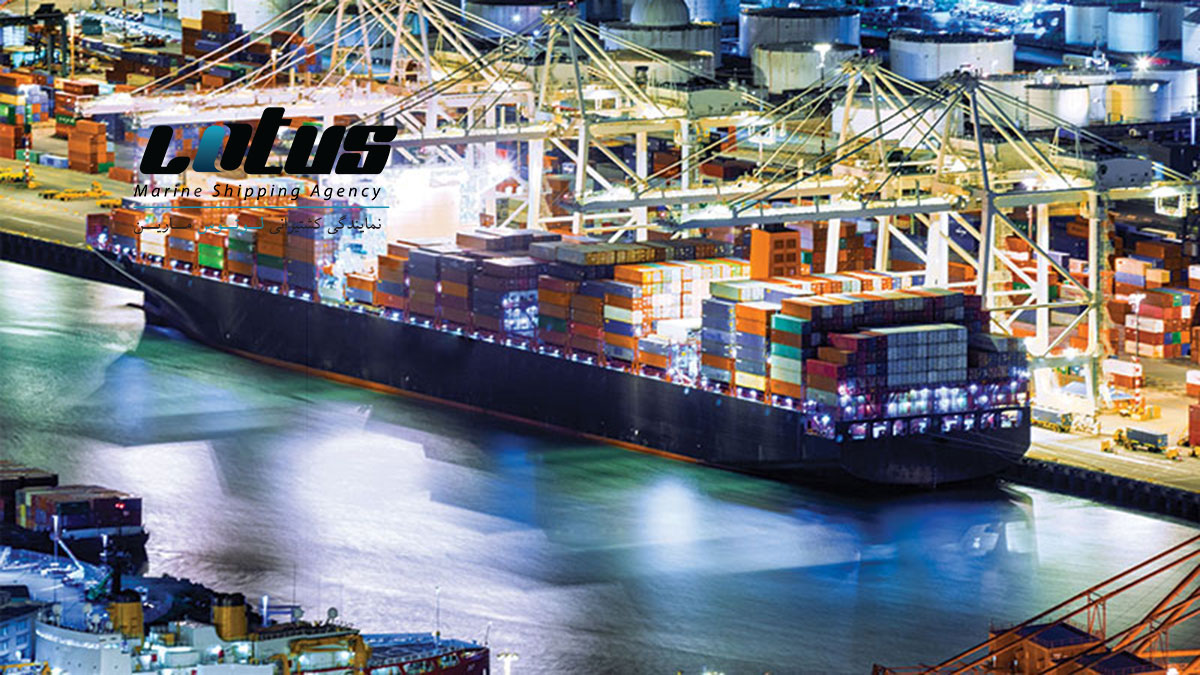The IMO’s imminent carbon efficiency regulations could generate a wave of ships heading for recycling yards in the months ahead, some analysts have suggested.
But others question whether there would be sufficient capacity to handle an influx of vessels if the flood gates open. Although the IMO’s carbon intensity indicator (CII) is due to enter force, together with the EEXI, in little more than two weeks’ time, there are serious reservations about its make-up and its impact on a range of ship types. Feeder container ships, parcel tankers, LNG carriers are amongst the vessels for which, experts claim, the CII is really not fit for purpose. Could this be a catalyst for weeding out significant numbers of older ships? Most markets remain broadly firm, however, and even weak sectors, including tankers and offshore vessels, have bounced back in recent weeks. So the jury remains out on whether a wave of older vessels is likely to heading for recycling yards in 2023, or whether owners will attempt to wring the last dollar before CII regulations require some serious investment in fuel-saving measures further down the line.
However, when owners decide the sell assets for recycling, they will find their options seriously limited, particularly if they operate from Europe or a country within the OECD. In terms of global recycling capacity, more than two thirds is located within the so-called Indian subcontinent – India, Bangladesh and Pakistan. But financial constraints imposed by central banks are limiting the scope for recycling yards in Bangladesh and Pakistan to buy tonnage and India remains at center stage for the moment.
click here for more information about iran sea freight .

